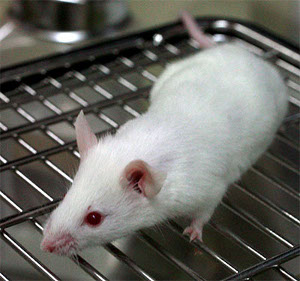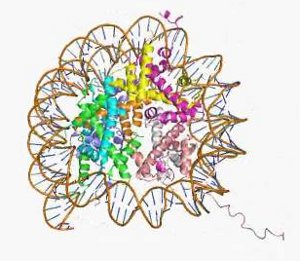
Sometimes events like a battle during wartime or a sexual assault are so horrific that they seem to leave a hard-to-remove scar on the brains of some of the people who endure them. There are some therapies that can help but their effects often fade over time. These sufferers of post-traumatic stress disorder (PTSD) end up reliving the experience over and over.
The results of a new study might give these people hope. The researchers found that giving mice suffering from PTSD a certain class of drugs along with therapy could cure the mice when therapy alone could not. These HDAC inhibitors helped remove the scars so that therapy could really heal the brains of these mice.
And the term scar isn’t too far from reality. In PTSD, the scar is made up of chemical groups scattered around certain genes that end up there as a result of these experiences. These “epigenetic” marks make the brain resistant to the rewiring that therapy can provide. So it makes sense that removing them would make the brain more receptive to therapy.
Of course a mouse is not a person but this is still a very promising line of research. Even if we don’t end up combining HDAC inhibitors with therapy in people, the study may still help us find key genes to target in other ways. Research like this may one day help find better treatments for the 7-8% of people who will suffer from this devastating disorder at some point in their lives.
The Mouse Experiment

The first step in the study was to create mice with PTSD. The researchers did this with a sort of cruel Pavlovian experiment—they shocked the feet of the mice and played a noise at the same time. After a while, the sound alone was enough to cause the mice to freeze. The sound could now trigger the traumatic memory.
